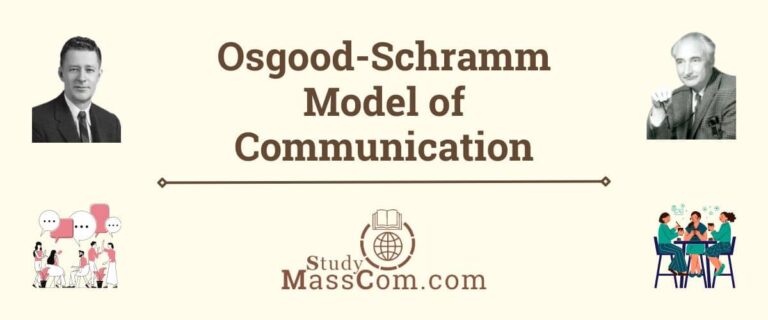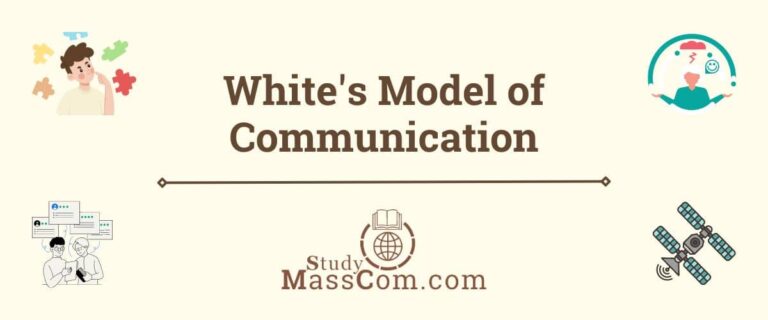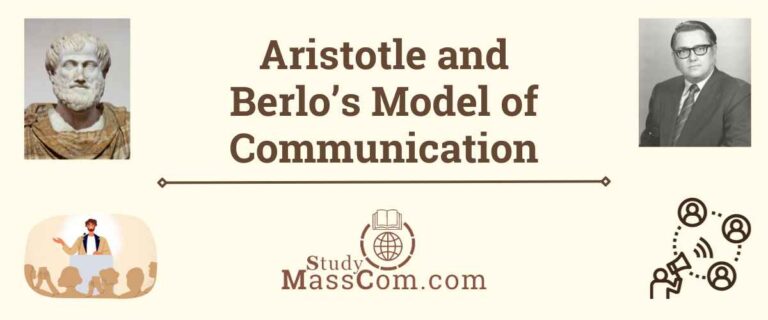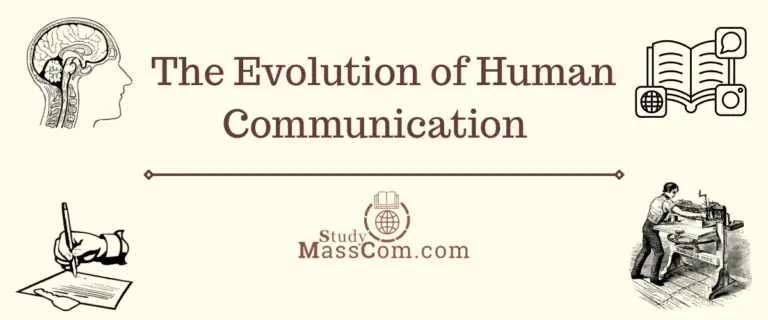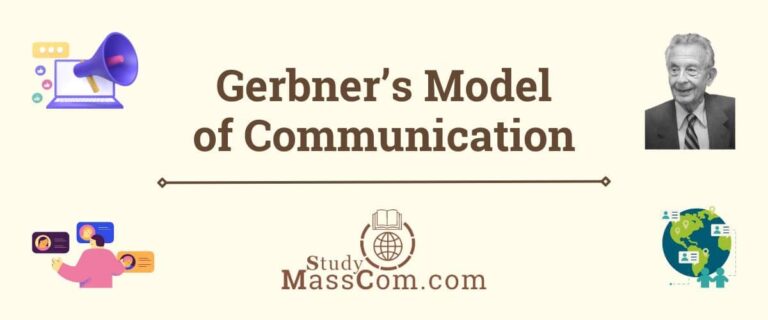Shannon-Weaver Model and Transaction Model: Similarities and Differences
To provide a comprehensive comparison between the Shannon-Weaver Model and the Transaction Model, it’s essential to delve into their similarities and differences across various dimensions of communication theory. This analysis will explore their historical context, theoretical foundations, components, assumptions, strengths, weaknesses, and practical applications. Through this detailed examination, we can gain a deeper understanding of how these models conceptualize communication processes and their implications for communication theory and practice.

Shannon-Weaver Model and Transaction Model: Historical Context
The Shannon-Weaver Model, developed by Claude Shannon and Warren Weaver in 1949, emerged within the field of information theory. It was primarily concerned with engineering and technical aspects of communication, aiming to maximize the efficiency of information transmission in telecommunication systems. The model was a response to the challenges of reliably transmitting information over noisy channels, such as in telephone and radio communication.
In contrast, the Transaction Model of Communication emerged in the mid-20th century within the field of communication studies, particularly influenced by scholars like Harold Lasswell, Wilbur Schramm, and David Berlo. This model shifted the focus from a linear, one-way transmission of messages to a more interactive and dynamic understanding of communication as a process of negotiation and meaning-making between individuals or groups.
Check out the advantages and disadvantages of Aristotle’s communication model.
Shannon-Weaver Model and Transaction Model: Theoretical Foundations
The Shannon-Weaver Model is grounded in the principles of information theory, which originated in mathematics and engineering. It conceptualizes communication as the transmission of a message from a sender to a receiver through a noisy channel, with the goal of minimizing the impact of noise and maximizing the accuracy of information transfer. The model employs mathematical formulas to quantify concepts such as entropy, channel capacity, and error correction.
On the other hand, the Transaction Model draws on the tradition of humanistic and socio-psychological approaches to communication. It emphasizes the role of interpersonal relationships, social contexts, and symbolic interactions in shaping the meaning of messages. The model is influenced by theories of symbolic interactionism, social constructionism, and interpersonal communication, which highlight the importance of shared meanings and subjective interpretations in communication processes.
Explore Berlo’s SMCR model of communication.
Key Components of the Shannon-Weaver Model
1. Sender: The originator of the message.
2. Encoder: Converts the message into a transmittable signal.
3. Channel: The medium through which the signal is transmitted.
4. Decoder: Reconstructs the signal into a meaningful message.
5. Receiver: The intended recipient of the message.
6. Noise: Interference that disrupts signal transmission.
Key Components of the Transaction Model
1. Participants: Individuals or groups engaged in communication.
2. Messages: Verbal, nonverbal, or symbolic expressions exchanged.
3. Encoding/Decoding: Process of creating and interpreting messages.
4. Channel: Medium through which messages are transmitted.
5. Feedback: Responses or reactions to messages.
6. Context: Social, cultural, and relational factors influencing communication.
Assumptions of the Shannon-Weaver Model
1. Communication is a linear process.
2. The primary goal is to transmit information accurately.
3. Noise is an external interference that can disrupt communication.
4. The sender’s intention is to convey a specific message to the receiver.
Assumptions of the Transaction Model
1. Communication is a dynamic and interactive process.
2. Meaning is co-created through interaction and interpretation.
3. Feedback is essential for understanding and adjusting messages.
4. Context shapes the interpretation and significance of messages.
Shannon-Weaver Model and Transaction Model: Similarities
The Shannon-Weaver Model and the Transaction Model, despite their differences in theoretical foundations and emphases, share several fundamental similarities in their conceptualizations of communication processes. These similarities highlight key aspects of communication that are central to both models, providing a foundation for understanding the complexities of human interaction and information transmission. In this analysis, we will explore the similarities between the two models across various dimensions of communication theory.
Sender-Receiver Dynamics
Both the Shannon-Weaver Model and the Transaction Model recognize the essential role of sender-receiver dynamics in the communication process. In both models, communication involves at least two parties: a sender who initiates the message and a receiver who receives and interprets it. This basic framework acknowledges the interactive nature of communication, where individuals or groups exchange information, ideas, or emotions through verbal, nonverbal, or symbolic channels.
Channel of Communication
Another shared aspect between the two models is the acknowledgment of the channel through which communication occurs. Whether it is a face-to-face conversation, a written document, a telephone call, or a digital message, both models recognize the importance of the medium through which messages are transmitted. The choice of the channel can influence the clarity, effectiveness, and interpretation of the message, highlighting the significance of considering the channel within the communication process.
Feedback Mechanism
Feedback plays a crucial role in both the Shannon-Weaver Model and the Transaction Model. In both frameworks, feedback refers to the responses or reactions of the receiver to the sender’s message. This feedback loop allows for clarification, validation, and adjustment of the message, enhancing mutual understanding and facilitating effective communication. Whether it is verbal feedback in a face-to-face conversation or nonverbal cues in an online interaction, feedback contributes to the dynamic nature of communication and helps regulate the flow of information between sender and receiver.
Interference (Noise)
Both models acknowledge the presence of interference or noise that can disrupt the communication process. In the Shannon-Weaver Model, noise is often conceptualized as external factors that distort or interfere with the transmission of the message, such as static in a telephone line or environmental distractions. Similarly, in the Transaction Model, noise refers to any factors that impede the accurate interpretation or reception of the message, including physical distractions, semantic misunderstandings, or psychological barriers. By recognizing the existence of noise, both models highlight the challenges and complexities inherent in communication and emphasize the importance of minimizing interference to ensure effective message transmission.
Interactive Nature
While the Shannon-Weaver Model is often portrayed as a linear, one-way transmission of messages, it still acknowledges the interactive nature of communication to some extent. Similarly, the Transaction Model, with its emphasis on interactive and dynamic communication, recognizes the importance of individual contributions to the exchange of meaning. Despite their differences in emphasis, both models ultimately underscore the reciprocal nature of communication, where participants actively engage in encoding, decoding, and negotiating meaning within interpersonal interactions.
Contextual Considerations
Both models also acknowledge the significance of context in shaping the communication process. Whether it is the social, cultural, relational, or situational context, both the Shannon-Weaver Model and the Transaction Model recognize that context influences the interpretation and significance of messages. Contextual factors such as cultural norms, relational dynamics, and environmental conditions can impact how messages are encoded, decoded, and understood by participants, highlighting the need to consider context when analyzing communication processes.
In summary, while the Shannon-Weaver Model and the Transaction Model differ in their theoretical foundations and conceptualizations of communication processes, they share several fundamental similarities. These similarities underscore the importance of sender-receiver dynamics, the role of channels of communication, the significance of feedback mechanisms, the presence of interference or noise, the interactive nature of communication, and the influence of contextual considerations. By recognizing these shared aspects, both models contribute to our understanding of the complexities of human communication and provide valuable insights into how messages are transmitted, received, and interpreted within interpersonal interactions.
Read about the differences between Aristotle’s and Berlo’s SMCR models.
Shannon-Weaver Model and Transaction Model: Differences
The Shannon-Weaver Model and the Transaction Model of Communication represent two distinct theoretical frameworks with differing conceptualizations of the communication process. While they share some commonalities, such as acknowledging the presence of sender-receiver dynamics and the importance of feedback, they also exhibit significant differences in their theoretical foundations, assumptions, and approaches to understanding communication. In this analysis, we will explore the key differences between the two models across various dimensions of communication theory.
Linear vs. Transactional
One of the fundamental differences between the Shannon-Weaver Model and the Transaction Model lies in their conceptualizations of communication as either linear or transactional.
Shannon-Weaver Model: The Shannon-Weaver Model is primarily linear, portraying communication as a one-way process from sender to receiver. It emphasizes the transmission of messages through a channel, with a focus on encoding, transmission, and decoding of information. This model views communication as a sequence of discrete steps, where the sender’s message is sent through a channel and received by the receiver without active involvement in the creation of meaning.
Transaction Model: In contrast, the Transaction Model is transactional, highlighting the interactive and dynamic nature of communication. It emphasizes the simultaneous exchange of messages between participants, with both sender and receiver actively engaged in encoding, decoding, and negotiating meaning. This model views communication as a continuous process of interaction and interpretation, where participants co-create meaning through shared understanding and mutual influence.
Emphasis on Information vs. Meaning
Another key difference between the two models lies in their respective emphases on information transmission versus meaning-making.
Shannon-Weaver Model: The Shannon-Weaver Model prioritizes the efficient transmission of information, focusing on the accuracy and reliability of message delivery. It is rooted in information theory and engineering, with a primary goal of minimizing noise and maximizing the clarity of communication channels. This model is concerned with technical aspects of communication systems, such as signal processing, channel capacity, and error correction.
Transaction Model: In contrast, the Transaction Model emphasizes the co-construction of meaning through interaction and interpretation. It focuses on the subjective and contextual aspects of communication, highlighting the role of social, cultural, and relational factors in shaping meaning. This model views communication as a process of negotiation and meaning-making, where individuals or groups create shared understandings through dialogue, feedback, and shared experiences.
Contextual Considerations
The two models also differ in their treatment of contextual factors that influence communication processes.
Shannon-Weaver Model: While the Shannon-Weaver Model acknowledges the presence of noise as an external interference that can disrupt communication, its conceptualization of context is relatively limited. It tends to focus on technical aspects of communication channels and does not explicitly address the broader social, cultural, or relational context in which communication occurs.
Transaction Model: In contrast, the Transaction Model places greater emphasis on context, recognizing the significance of social, cultural, and relational factors in shaping communication dynamics. It views communication as embedded within specific contexts, where factors such as power dynamics, cultural norms, and relational history influence the interpretation and significance of messages. This model highlights the importance of considering context when analyzing communication processes and outcomes.
Feedback Mechanisms
While both models acknowledge the role of feedback in communication, they differ in their conceptualizations of feedback mechanisms.
Shannon-Weaver Model: In the Shannon-Weaver Model, feedback is often viewed as a response to the sender’s message, providing information about the effectiveness of the transmission. Feedback serves primarily as a means of error detection and correction, helping to ensure the accuracy of message delivery. However, feedback in this model is often limited to technical aspects of communication, such as signal strength or clarity.
Transaction Model: In the Transaction Model, feedback is seen as an essential component of communication, facilitating mutual understanding and adjustment of messages. Feedback is not only about the accuracy of message delivery but also about the interpretation and reception of messages by the receiver. This model emphasizes the role of feedback in shaping communication outcomes and fostering reciprocal interactions between participants.
Theoretical Foundations
The Shannon-Weaver Model and the Transaction Model are based on different theoretical foundations, which shape their respective approaches to understanding communication.
Shannon-Weaver Model: The Shannon-Weaver Model is rooted in information theory and engineering, drawing on principles of signal processing, channel capacity, and error correction. It emerged in the context of telecommunications and is primarily concerned with technical aspects of communication systems, such as maximizing the efficiency of information transmission.
Transaction Model: The Transaction Model is grounded in communication studies and social science disciplines, such as sociology and psychology. It is influenced by theories of symbolic interactionism, social constructionism, and interpersonal communication, which emphasize the role of social and cultural factors in shaping communication processes. This model views communication as a complex and dynamic phenomenon that is influenced by multiple contextual factors.
In summary, while the Shannon-Weaver Model and the Transaction Model share some commonalities, such as recognizing sender-receiver dynamics and the importance of feedback, they exhibit significant differences in their theoretical foundations, conceptualizations of communication processes, and emphasis on information transmission versus meaning-making. These differences highlight the diverse perspectives within the field of communication theory and underscore the complexity of human interaction and information exchange. By examining the distinctions between the two models, we can gain a deeper understanding of the various approaches to studying communication and their implications for theory and practice.
Learn about the key differences between Lasswell’s and Aristotle’s communication models.
Strengths and Weaknesses of the Shannon-Weaver Model
Strengths
1. Provides a quantitative framework for analyzing communication systems.
2. Emphasizes the importance of noise reduction and signal clarity in technical communication contexts.
Weaknesses
1. Oversimplifies communication as a linear, one-way process.
2. Neglects the subjective and contextual aspects of meaning-making in human communication.
Strengths and Weaknesses of the Transaction Model
Strengths
1. Captures the dynamic and interactive nature of human communication.
2. Acknowledges the significance of social context and relational dynamics in shaping communication outcomes.
Weaknesses
1. Can be complex and difficult to apply in certain technical or mass communication contexts.
2. Emphasizes subjective interpretation, which may lead to ambiguity or miscommunication.
Practical Applications of the Shannon-Weaver Model
1. Useful for designing and optimizing technical communication systems, such as telecommunications networks or data transmission protocols.
2. Applied in fields like engineering, information technology, and telecommunications to improve signal reliability and efficiency.
Practical Applications of the Transaction Model
1. Applicable in interpersonal communication contexts, such as counseling, conflict resolution, and relationship management.
2. Used in organizational communication to understand group dynamics, leadership styles, and organizational culture.
3. Informative for media studies, analyzing how media messages are constructed, interpreted, and negotiated by audiences.
Conclusion
In summary, while the Shannon-Weaver Model and the Transaction Model share some similarities in their acknowledgment of sender-receiver dynamics, channels of communication, feedback mechanisms, and the presence of interference, they differ significantly in their theoretical foundations, conceptualizations of communication processes, and practical applications. The Shannon-Weaver Model prioritizes information transmission and technical efficiency, whereas the Transaction Model emphasizes the interactive and socially situated nature of human communication. Both models offer valuable insights into different aspects of communication theory and practice, highlighting the diverse perspectives and approaches within the field of communication studies.
Read more about mass communication theories and models.
FAQs
No, the Shannon-Weaver Model is not transactional. It is primarily a linear model that focuses on the one-way transmission of messages from a sender to a receiver through a channel. This model emphasizes the technical aspects of communication, such as encoding, transmission, and decoding of information, with a primary goal of minimizing noise and maximizing the accuracy of message delivery. Unlike transactional models of communication, such as the Transaction Model, the Shannon-Weaver Model does not emphasize the interactive and dynamic nature of communication or the co-creation of meaning through mutual influence and interpretation.
The Shannon-Weaver Model is a linear communication model focused on the efficient transmission of messages from sender to receiver through a channel, emphasizing technical aspects like encoding, transmission, and decoding of information. In contrast, the Transaction Model is interactive and dynamic, highlighting the simultaneous exchange of messages between participants who actively engage in encoding, decoding, and negotiating meaning. It emphasizes the co-creation of meaning through interaction and interpretation, considering social, cultural, and relational factors. Unlike the Shannon-Weaver Model, it views communication as a continuous process of mutual influence and understanding rather than a one-way transmission of information.
The Shannon-Weaver Model and the Transaction Model share similarities in recognizing the importance of sender-receiver dynamics, the role of channels of communication, the significance of feedback mechanisms, the presence of interference or noise, and the acknowledgment of contextual factors influencing communication processes. Both models provide frameworks for understanding communication as a dynamic process involving interaction between individuals or groups, with an emphasis on encoding, decoding, and interpreting messages. Despite their differences in theoretical foundations, they share commonalities in their basic components and principles of communication theory.

